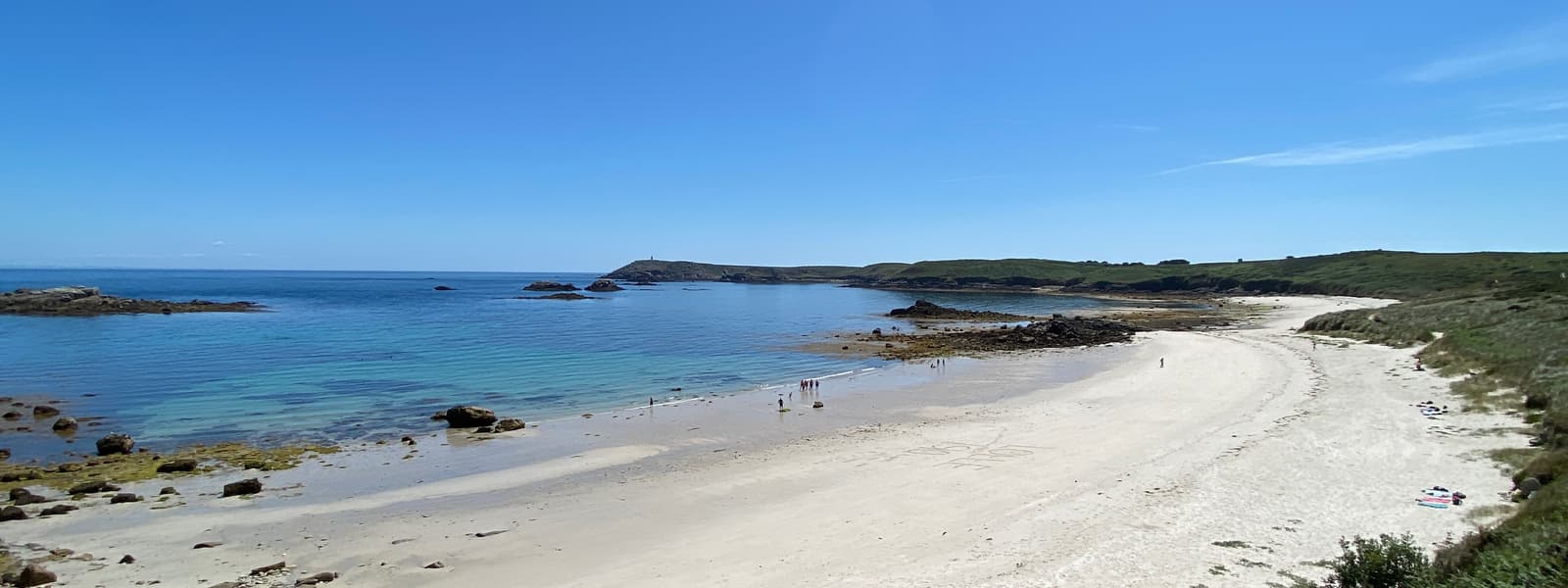Overview
On 12th March, Becs from our NbS team attended the Environmental Finance Natural Capital Investment EMEA in London.
This conference brings together finance professionals from the UK and abroad to discuss natural capital trading and the complex challenges that come with it.
The goal of attending this event was to ensure that any investible propositions the National Landscapes Association design meet the needs and expectations of investors (as well as the landscapes and landowners in our network).
Here are some of Becs’ key takeaways for the team.
NB: The term “investor” is used somewhat loosely here to refer to anyone in natural capital markets interested in buying, donating, or investing over the long-term.
1) Nature-based solutions are more attractive than carbon credits
The safest route into nature investment is currently the woodland and peatland carbon market. The frameworks and regulations are in place, and they’re endorsed by the government.
They’re a great start, but the scope is limited – not everywhere has peat; not everywhere can take more trees.
Nature-based Solutions (NbS), it turns out, are not only the preference of environmentalists but of many economists and investors too.
The asset (Nature) is nurtured and improved over time. It becomes more biodiverse and resilient = more environmentally valuable. As a result, it offers additional benefits that could be traded in the future = more economically valuable.
This is great news, but more needs to be done in natural capital accounting to accurately quantify and monetise the benefits of NbS projects.
Carbon emissions are relatively easy to quantify, but biodiversity? Not so much.
2) Projects need to demonstrate impact and resilience
It’s becoming clearer to businesses that protecting Nature will protect their bottom line.
Some will continue to do the bare minimum for as long as possible. But many will be looking to invest in projects that can demonstrate real impact and improved resilience which should, by extension, protect their business.
Making these benefits clear to them upfront will help get funding over the line.
3) Long-term is the goal but comes with complex risk
Both environmentalists and investors want long-term agreements for greater security.
For businesses, longer-term agreements safeguard their investment. For environmentalists, longer-term agreements allow them to plan further ahead and get the best possible outcome for the landscape.
Though the desire is there on both sides, there are complications for asset owners and managers. Adjustments need to be made to account for risk as it changes over time, and this hasn’t been mapped out for Nature yet.
Making Nature an asset class should help financiers with this process, and it has everything required to become one - but this isn’t a quick process.
We need to be realistic about the commitments investors will be able to make at this time, given this uncertainty.
4) Data is fundamental but arguably, the most confusing aspect
Investors and asset managers know that data is key to making smart business decisions – but when it comes to Nature and natural capital, they’re unsure where to focus.
This poses an opportunity for conservationists. We are the experts, we should have a lot of the data, and we are most likely to know the best metrics to measure success in a project.
We need to be selective and articulate with the data we choose to present and to measure. We also need to be flexible to additional and alternative data that each partner may wish to track to meet their own operational needs.
5) Community buy-in directly relates to project success
The most successful carbon and restoration projects are great at engagement. It’s becoming ever more apparent across sectors that communities need to be on board for long-term success and project resilience.
Many in the conservation sector already know how important community engagement is, and they do it well.
Make sure to include engagement in project design, along with the right data to track and measure its success. Not only will this help nudge projects over the line, but it will ensure that any work on the ground is welcome, appropriate, and protected.
The bottom line
Conservation is often an echo chamber of well-meaning environmentalists. We design amazing projects that we know will have real-world impact – but if we don’t make it directly applicable to private enterprise, it won’t invest.
The good news is that we’re all on the same trajectory and we can see a world where both the environment and the economy can win.
After all, in today’s world, one doesn’t exist without the other.
